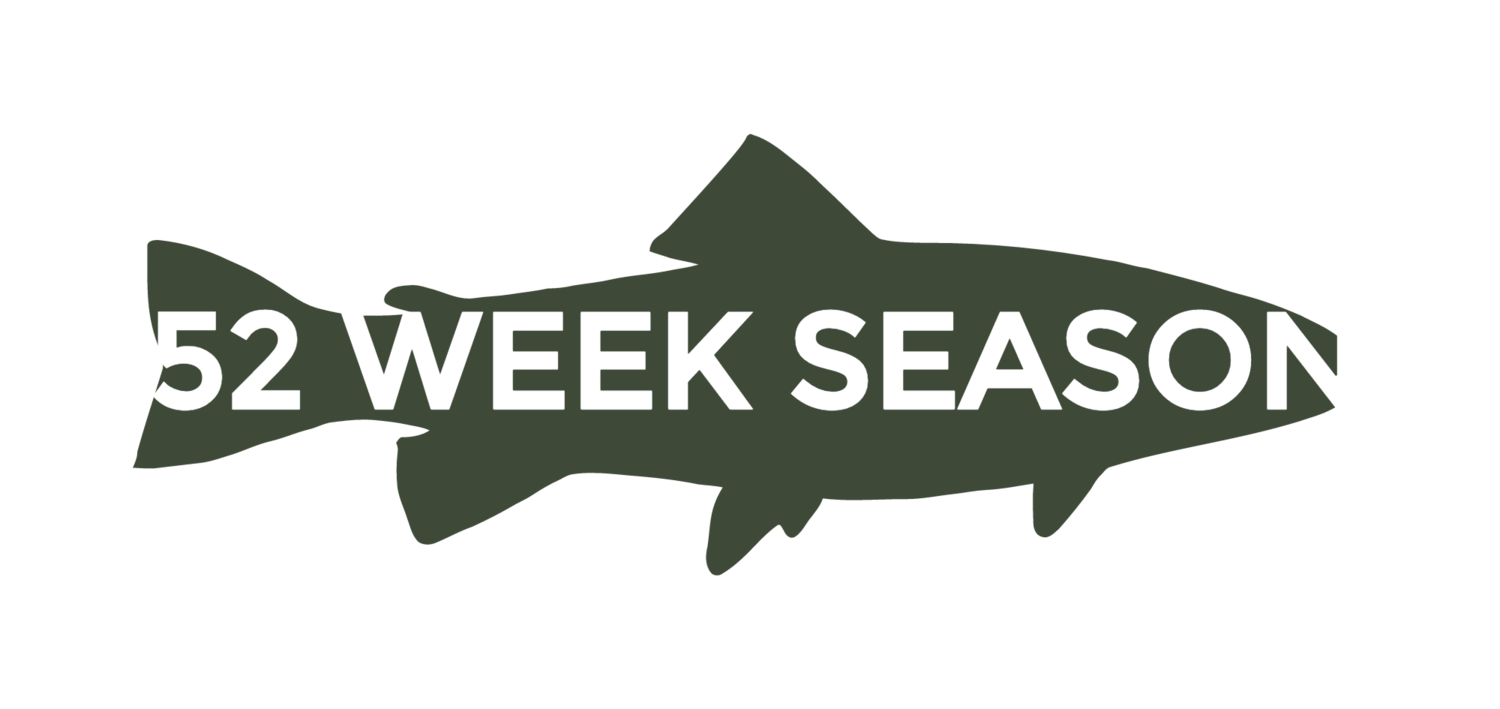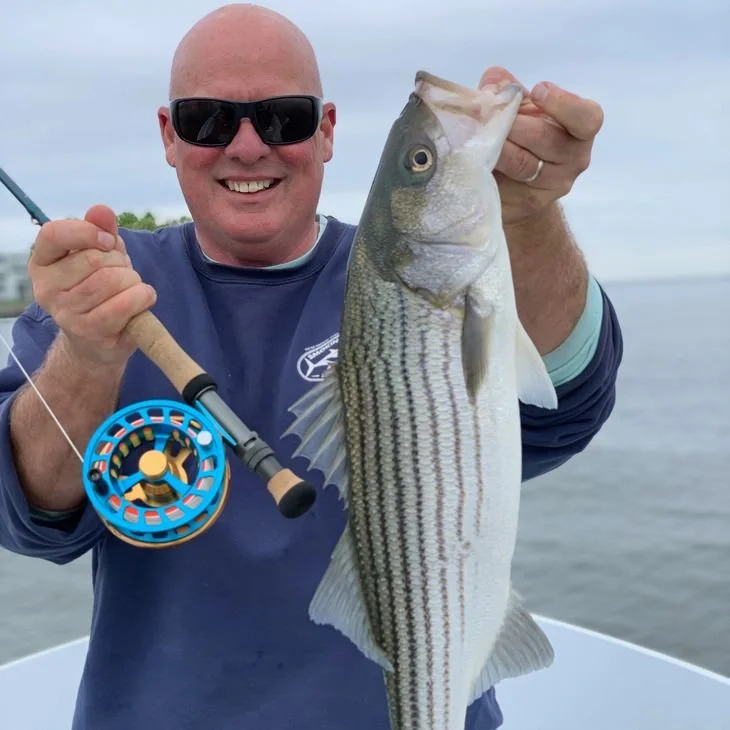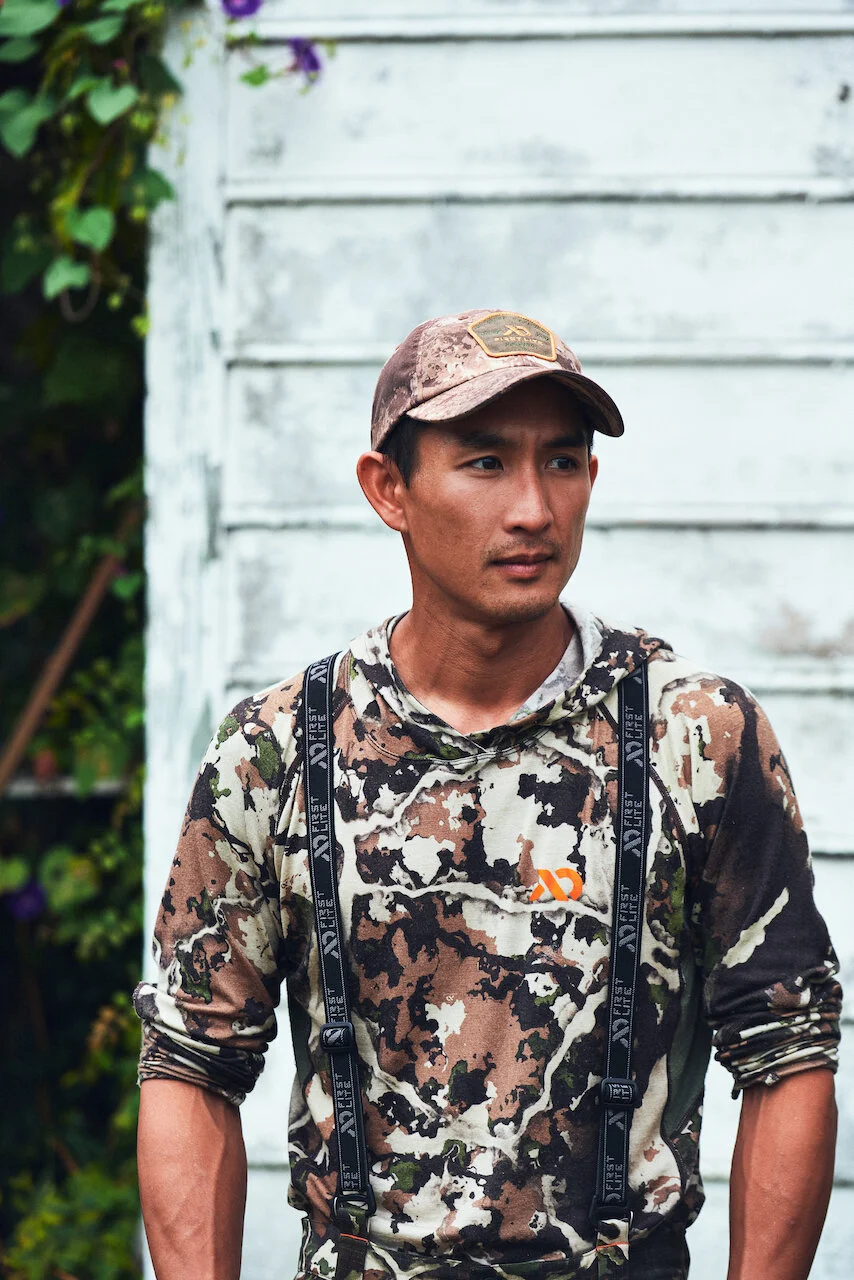“It’s always been a goal of mine to get a citation speck each month of the year.”
All in Saltwater
Anglers Sports Center: Alex Perez and Mike Fiore
“You’ll see a mixed bag in February and March and can catch a limit of crappie, limit of yellow perch, and get some white perch mixed in.”
Wade Truong: Elevated Wild
"It’s pretty cool to be able to stack a bunch of shrimp, a bunch of crabs, some specks, and some puppy drum, all in the same day."
Pat Beall: Chesapeake Bay Oysters
"There are literally millions of oysters hitting the water in these rivers every year."
Paula Smith: Top of the Food Chain
“You should see us butcher a deer sometime… We got two freezers; they’re stocked.”
Tyler Nonn: Tidewater Charters
“The Chesapeake red drum and the speckled trout fishery right now is absolutely bananas.”
Pete Wallace: Chincoteague Hunting
“Wind, tides, currents, ice and coastal storms can move the eelgrass and brant salad miles from where the brant have been feeding.”
Ric Burnley: Salt Water Sportsman
"The general rule of thumb is, where the warm water from the Gulf Stream hits the cold water at the 100-fathom line, that's where the action is going to be."
Chris Karwacki: Chesapeake on the Fly
"The speck fishing in Tangier Sound can be world class. We have the best specks anywhere north of the Carolinas."
Jack Brady: Virginia Tarpon
“If you see them rolling, there's a good chance of hooking them. But when the disappear, you have no idea where they're going. They're like a ghost!”
Jeff Coats: Pitboss Waterfowl
“It’s rocking and rolling in the boat, and they come in low and fast. It does make for shooting challenging for sure!”
Chris Dollar: Chesapeake Four-Season Sportsman
“If it’s got fins or feathers, I write about it, and chase after it.”
Marcia Pradines: Chesapeake Marshlands NWR
"Hearing the sika bugle in the morning, evening, or the middle of the night — it makes your hair stand up on your neck.
Week 21. Watermen of Virginia's Eastern Shore
"In our household growing up, if it came up in pot or drudge and you didn’t sell it, you ate it!
Week 18. Gary Dubiel: Spec Fever
"In six months, you can fish three very different environments and never leave the Neuse River system."
Week 13. Billy Rice: Representing the Maryland Waterman
"When I started working, oysters were our #1 money maker, followed by striped bass, and then followed by blue crab. Today it’s the opposite."
Week 12. 38 North Oysters: Maryland's Sweet Spot
"Oysters are pure and delicious, great for the economy, and one of the the only things that can help the Bay."
Week 9. Tee Clarkson: Richmond Four-Season Sportsman
"We don’t necessarily have the best trout, the best duck hunting, or the best upland bird hunting — but we have all of it! "
Week 7. Ruthless Outdoor Adventures: Kayak Fishing the Tidewater
"It doesn’t take a big fish to take you on a sleigh ride. A 20” puppy drum can pull a kayak all around, and you can imagine what a big striped bass will do!"




















